
Blended learning, which combines traditional classroom instruction with online learning tools, has been steadily gaining popularity in recent years. As technology continues to advance, the future of education is likely to be shaped by blended learning. Let us learn how blended learning is changing the classroom experience and what the future holds for this innovative approach to education.
What is Blended Learning? Blended learning is an educational model that combines traditional classroom teaching with online learning tools. This approach to education allows students to engage in both in-person and virtual learning environments. Blended learning can take many different forms, including flipped classrooms, hybrid courses, and personalized learning models.
The Benefits of Blended Learning: Blended learning offers a number of benefits over traditional classroom instruction. For one, it allows students to work at their own pace and on their own schedule. This can be especially beneficial for students who are struggling or need more time to master certain concepts. Additionally, blended learning can help students develop important digital literacy skills that will be valuable in today's job market.
The Future of Blended Learning: As technology continues to advance, the future of education is likely to be shaped by blended learning. In the coming years, we can expect to see more schools and universities adopt this innovative approach to education. In addition, we can expect to see new technologies emerge that will further enhance the blended learning experience, such as virtual and augmented reality.
The Role of Teachers in Blended Learning: While blended learning offers many benefits to students, it also presents new challenges for teachers. Teachers must be trained to use online learning tools effectively and to manage blended learning environments. In addition, they must find ways to balance in-person and virtual instruction and to provide students with individualized feedback and support.
The Impact of Blended Learning on Education: Blended learning has the potential to transform education in a number of ways. For one, it can make education more accessible to students who may not have access to traditional classroom instruction. Additionally, it can help schools and universities save money on infrastructure and resources. Finally, blended learning has the potential to improve educational outcomes by providing students with more personalized and engaging learning experiences.
Blended learning is changing the classroom experience and has the potential to transform education in the years to come. As technology continues to advance, we can expect to see more schools and universities adopt this innovative approach to education. However, it is important to note that blended learning presents new challenges for teachers and requires careful planning and execution to be successful.







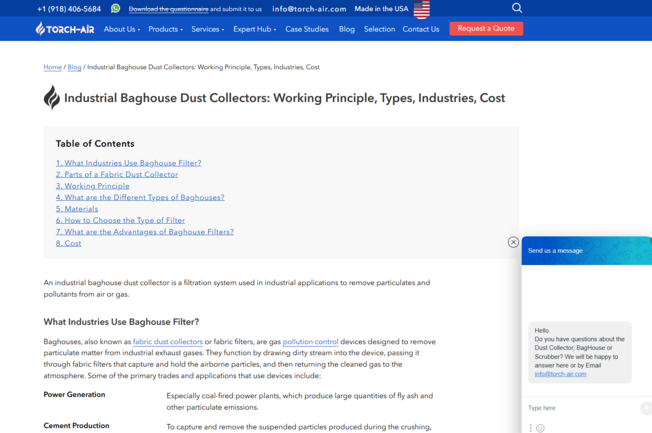


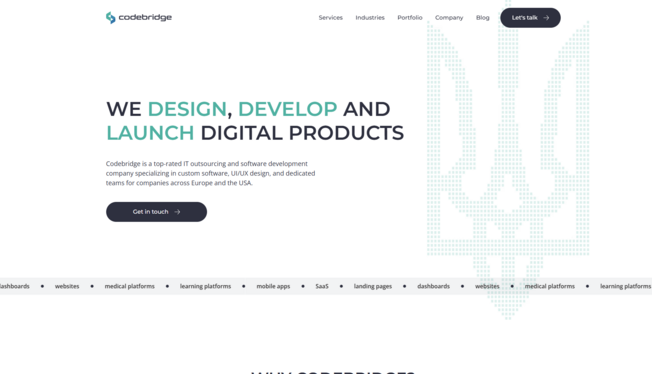
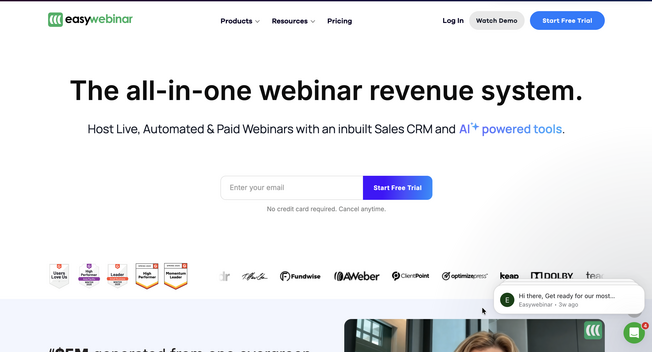
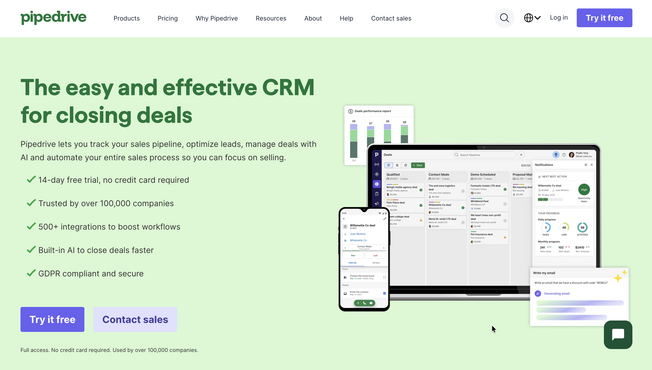

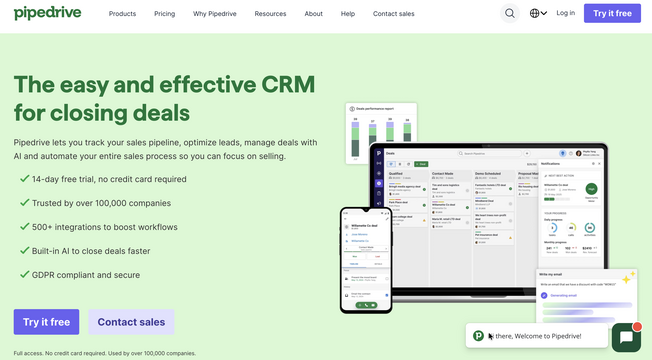
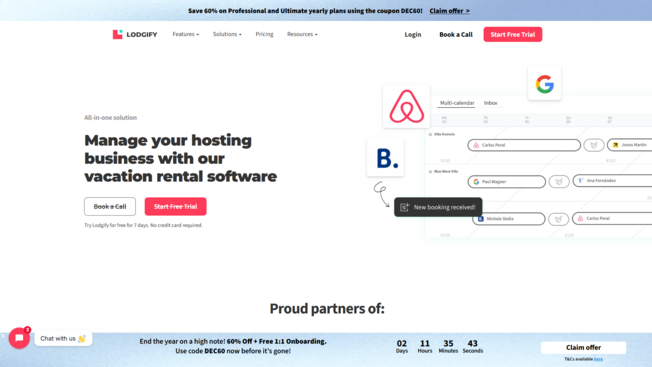

Leave a Reply